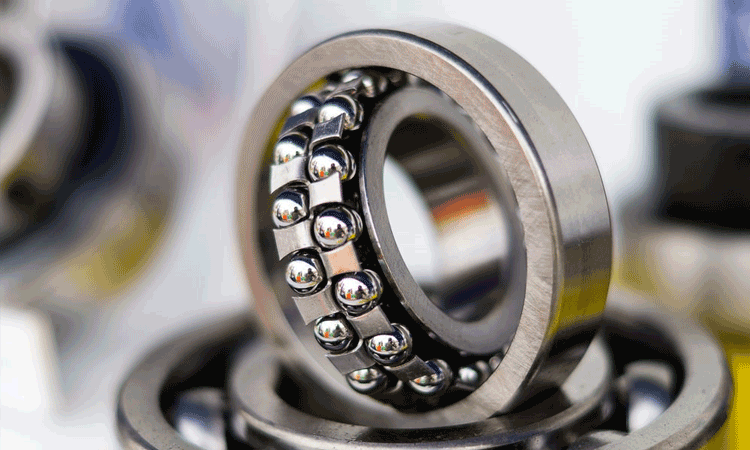The bearing industry plays a crucial role in the manufacturing process across various sectors, including automotive, aerospace, industrial machinery, and appliances. Bearings are essential components that enable smooth and efficient rotational or linear movement of machinery, reducing friction and supporting loads.
Here’s an overview of the landscape of the bearing industry in the manufacturing process:
Market Overview:
The global bearing market has witnessed steady growth over the years. It is driven by factors such as increasing industrialization, infrastructure development, and technological advancements in various sectors. The market includes both original equipment manufacturers (OEMs) and aftermarket sales.
The global bearings market size is expected to reach USD 225.82 billion by 2028 according to a new study by Polaris Market Research.
Types of Bearings:
Bearings are available in various types, each designed for specific applications and operating conditions. Common types include ball bearings, roller bearings, plain bearings, and specialized bearings like thrust bearings and spherical bearings.
Manufacturing Processes:
The manufacturing of bearings involves several processes, including design, material selection, machining, heat treatment, assembly, and testing. Here’s a brief overview of these processes:
Design:
Engineers design bearings to meet specific requirements, considering factors like load capacity, speed, temperature, and lubrication. Computer-aided design (CAD) tools assist in the design process.
Material Selection:
Bearings are made from different materials, such as steel, stainless steel, ceramic, and various alloys. Material selection depends on factors like load capacity, speed, and environmental conditions.
Machining:
Bearings undergo machining processes like turning, grinding, and milling to achieve the desired dimensions and surface finish. CNC (Computer Numerical Control) machines are commonly used for precision machining.
Heat Treatment:
Heat treatment processes like hardening, tempering, and case carburizing are employed to enhance the hardness, durability, and wear resistance of bearing components.
Assembly:
Bearing components, including inner and outer rings, rolling elements, cages, and seals, are assembled using specialized machinery. Lubrication is also applied during the assembly process
Testing:
Bearings undergo rigorous testing to ensure their quality, performance, and reliability. Various tests include dimensional checks, noise/vibration testing, fatigue testing, and load capacity testing.
The bearing industry is constantly evolving with technological advancements. Some notable trends include:
Miniaturization:
Bearings are being developed in smaller sizes to meet the demand for compact and lightweight equipment, especially in industries like electronics and medical devices.
High-Speed and High-Temperature Bearings:
Bearings capable of withstanding higher speeds and operating temperatures are being developed to cater to industries like aerospace and automotive.
Condition Monitoring and Predictive Maintenance:
IoT-based sensors and advanced analytics are increasingly being utilized for real-time monitoring of bearing performance. This enables predictive maintenance, reducing unplanned downtime and improving overall equipment efficiency.
Sustainability:
Bearing manufacturers are focusing on sustainability by implementing eco-friendly manufacturing processes, using recyclable materials, and optimizing energy consumption
The bearing industry is highly competitive, with several global players dominating the market. Some prominent companies include SKF Group, Schaeffler AG, NSK Ltd., NTN Corporation, Timken Company, and JTEKT Corporation.
Overall, the bearing industry continues to evolve, driven by technological advancements, increasing demand from various sectors, and the need for enhanced performance and reliability in machinery and equipment.





